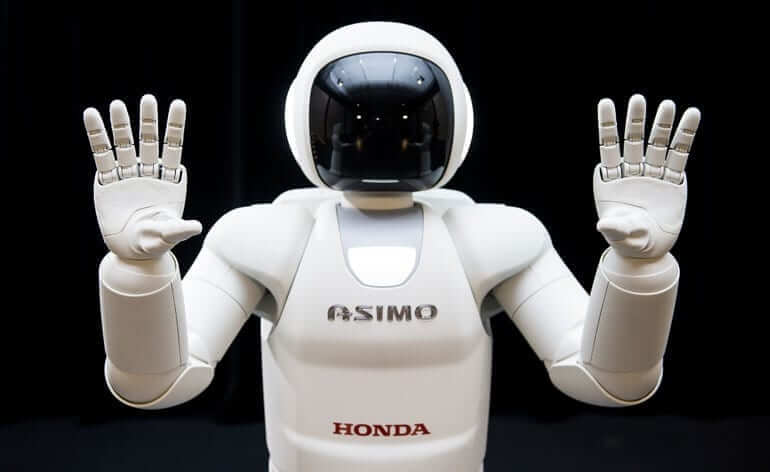Asian countries have been experiencing substantial economic development over the past few decades, prompting some to label the 21st century, “the Asian Century.” The Asian Development Bank (ADB) projects that GDP growth in the Asian Pacific region will be 6.6% in 2013 and 6.7% in 2014, substantially higher than the world GDP growth rate of 2.7% in 2011. Significant attention has, of course, been given to the development of China and India. However, very little research has analyzed the specific similarities and differences among all Asian countries, especially in terms of strategies for technological development.
The American economy has seen, in sequence, disruption from Japan in the 1970s and 1980s, from Korea, Taiwan and Singapore in the 1990s, and most recently, from China, with Vietnam now a new potential disruptor. Is there a core model that unites many of these economies in terms of their ability to emerge as technological forces on the global stage?
A 2013 study published in the Socio-Economic Review, “Is There an Asian Model of Technological Emergence?” identifies key characteristics that distinguish various countries in the region. The author, from the University of Bordeaux, uses a Social System of Innovation and Production (SSIP) framework to examine the institutional environments for technological development in 27 emerging countries.
Key findings include:
- In the majority of the Asian emerging countries examined, the government directs the economic development of the state through intervention, regulation and significant investment through public firms. The countries which fall into this category of “state-led industrial system” include China, India, Malaysia, Thailand, Indonesia and Vietnam.
- Two Asian emerging countries, South Korea and the Philippines, do not fall under the “state-led industrial system” category. South Korea falls under a “liberalized economies” category wherein the state limits its intervention in the economy to ensuring “that product markets work efficiently and that the institutional environment is made attractive to firms.”
- Six Asian emerging countries pursue a strategy of “controlled integration” into the global market, wherein the state enforces trade barriers and various quotas, enabling them to control the activity of foreign firms.
- Only Malaysia and South Korea pursue a strategy of full integration into the “global value chain” of the Asian emerging economies: Both countries “have managed to technologically upgrade and they furnish the world market with high-tech products.”
- Most Asian emerging countries had a “national bank” system of finance. In this type of system, banks are “relatively closed to foreign funding but enable firms to access loans from the banking sector.” Malaysia was the only Asian emerging country categorized as having an “accomplished financial system,” a system which is fully developed and offers “broad access to capital markets.” The Philippines, conversely, featured a “foreign dependent financial model,” with a very underdeveloped banking system that relies on foreign funding.
- The majority of emerging Asian economies had a relatively flexible labor system, with lower wages and relatively lax labor standards. The Philippines was the only exception, with relatively strict labor laws.
- There was no singular system of disseminating knowledge and technologies common to all the emerging Asian economies. The majority of the Asian countries had a science and technology (S&T) system dependent on knowledge generated by other countries, and thus had a “low capacity to create new ideas and products.” Only Malaysia and Korea were found to have highly developed systems for S&T development, allowing them to innovate substantially more than other emerging Asian economies.
- Overall, the majority of emerging Asian countries (Thailand, Indonesia, Vietnam, China, and India) display a “directed model of technological upgrading,” characterized by heavy state intervention, controlled international integration and a state bank-led financial system.
- Korea has a decentralized model of technological upgrading, with limited state intervention in industry and strong international integration. Malaysia has a finance-led model, wherein development was lead by a strong financial system. Finally, the Philippines has a cocktail model, or a mixed system, which includes a large informal economy, a weak financial system and strong labor standards.
The author concludes that, while there are similarities between the institutional frameworks of many Asian emerging countries, there is no one system of technological emergence which fits the entire region. One possible explanation for the diversity in the socioeconomic models and institutions in emerging Asian countries is that countries are at various levels of development and are upgrading at various speeds. Therefore, countries now lagging behind, such as the Philippines, will eventually develop the systems more advanced countries, such as South Korea, have adopted. Furthermore, the most advanced emerging Asian country, South Korea, previously operated under a directed economic model and now appears to be the country other Asian emerging countries aspire to: “Thailand, Indonesia, Vietnam, China and India could … be following Korea in the Asian path towards technological emergence.”
By Beckary Seckan.




























